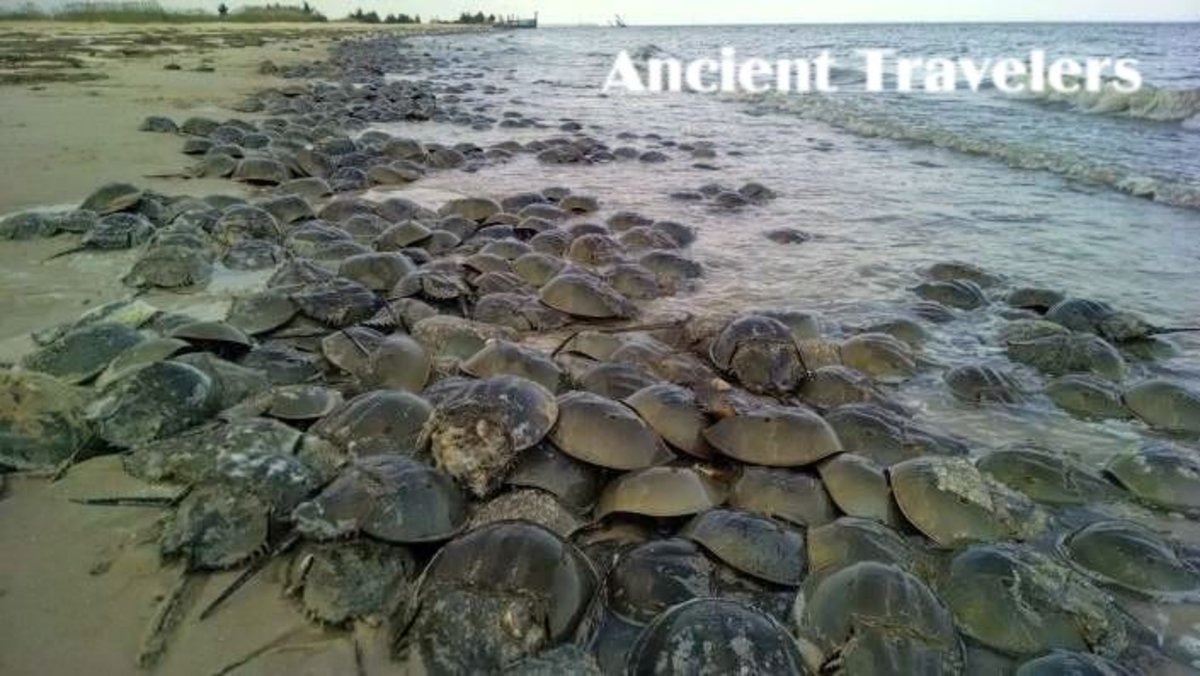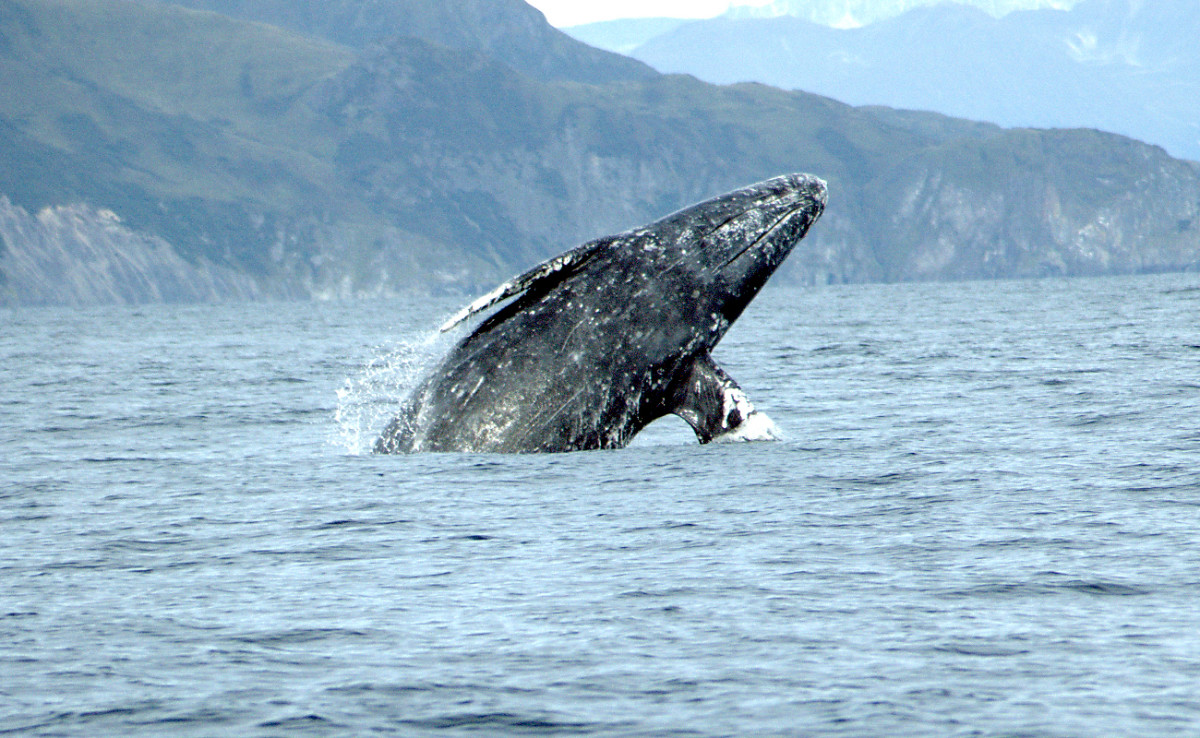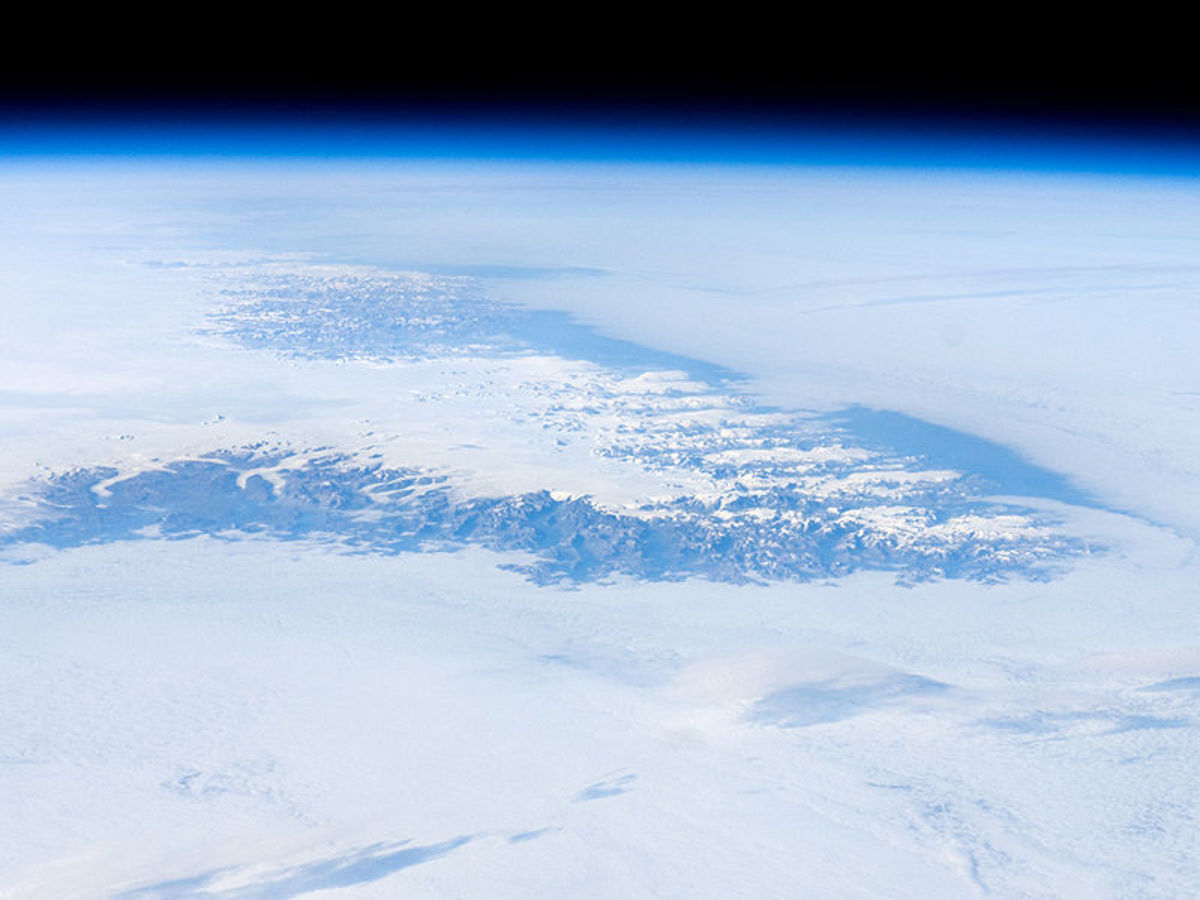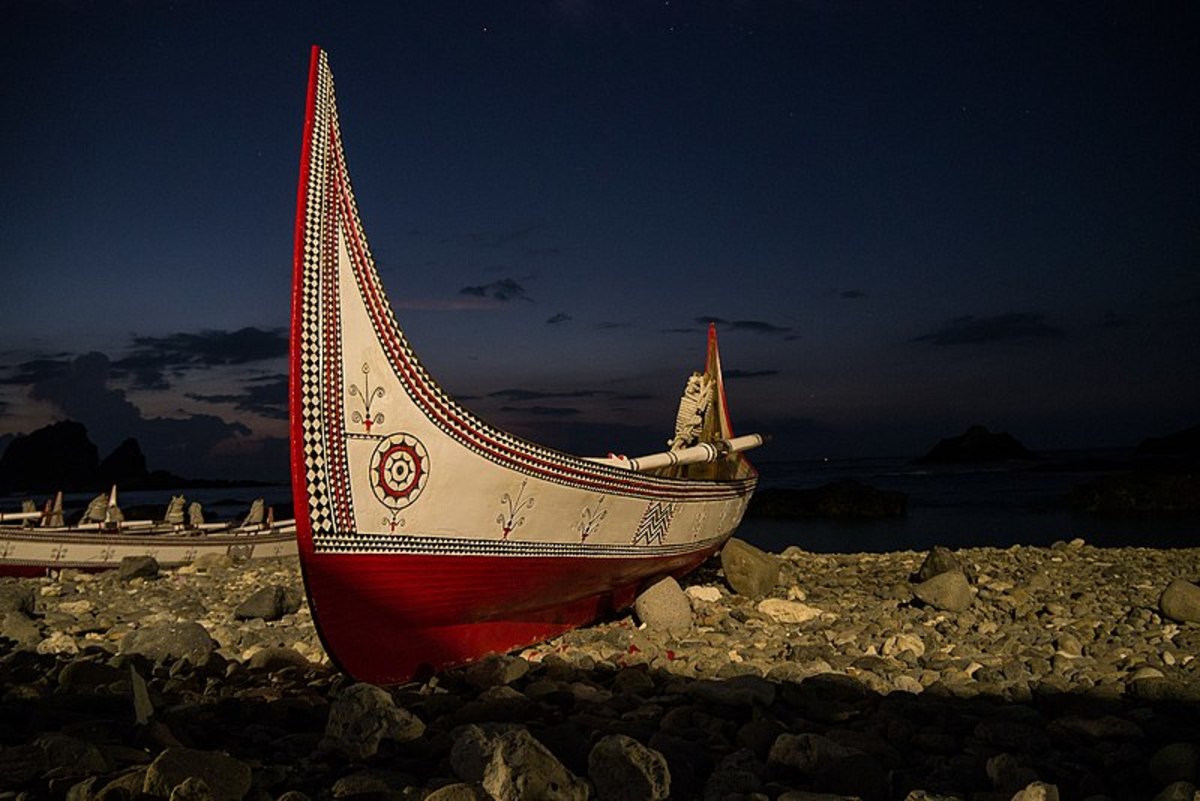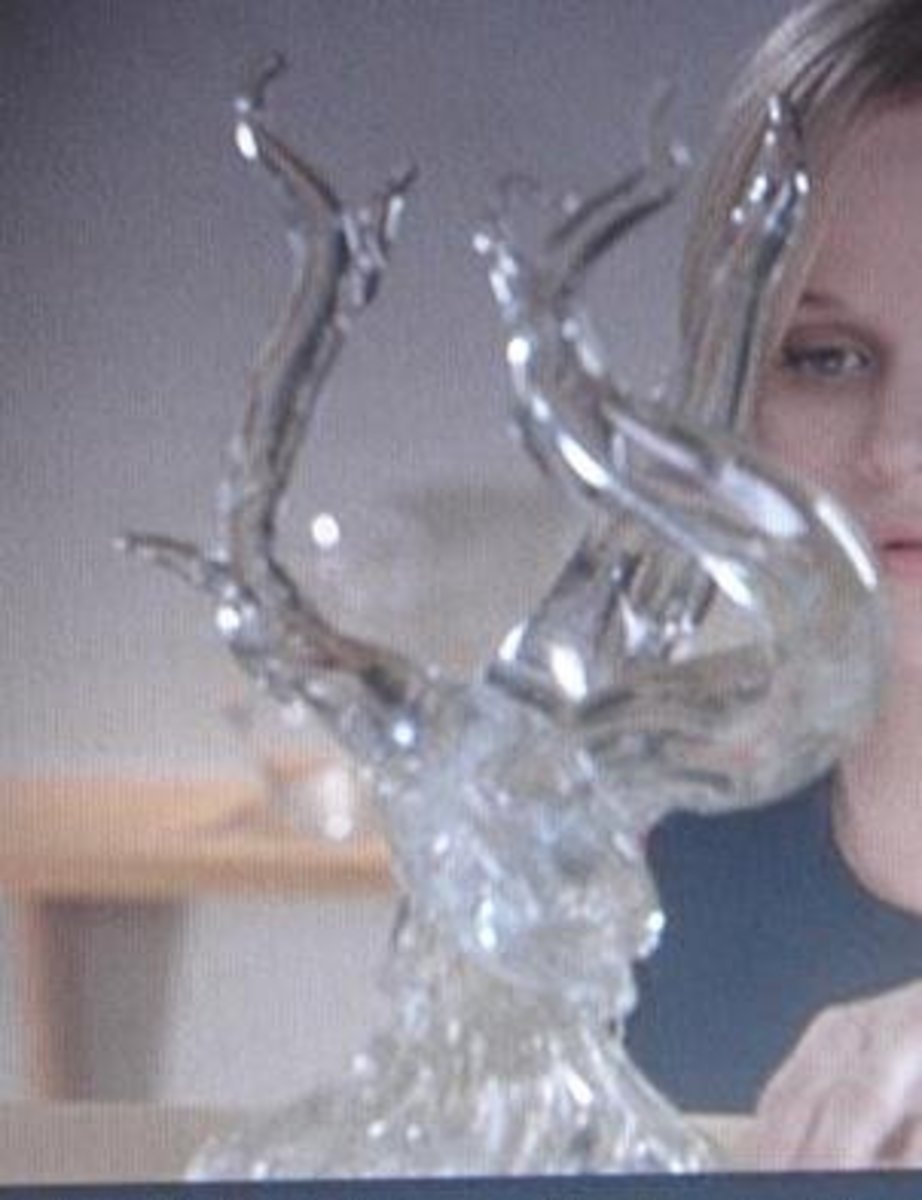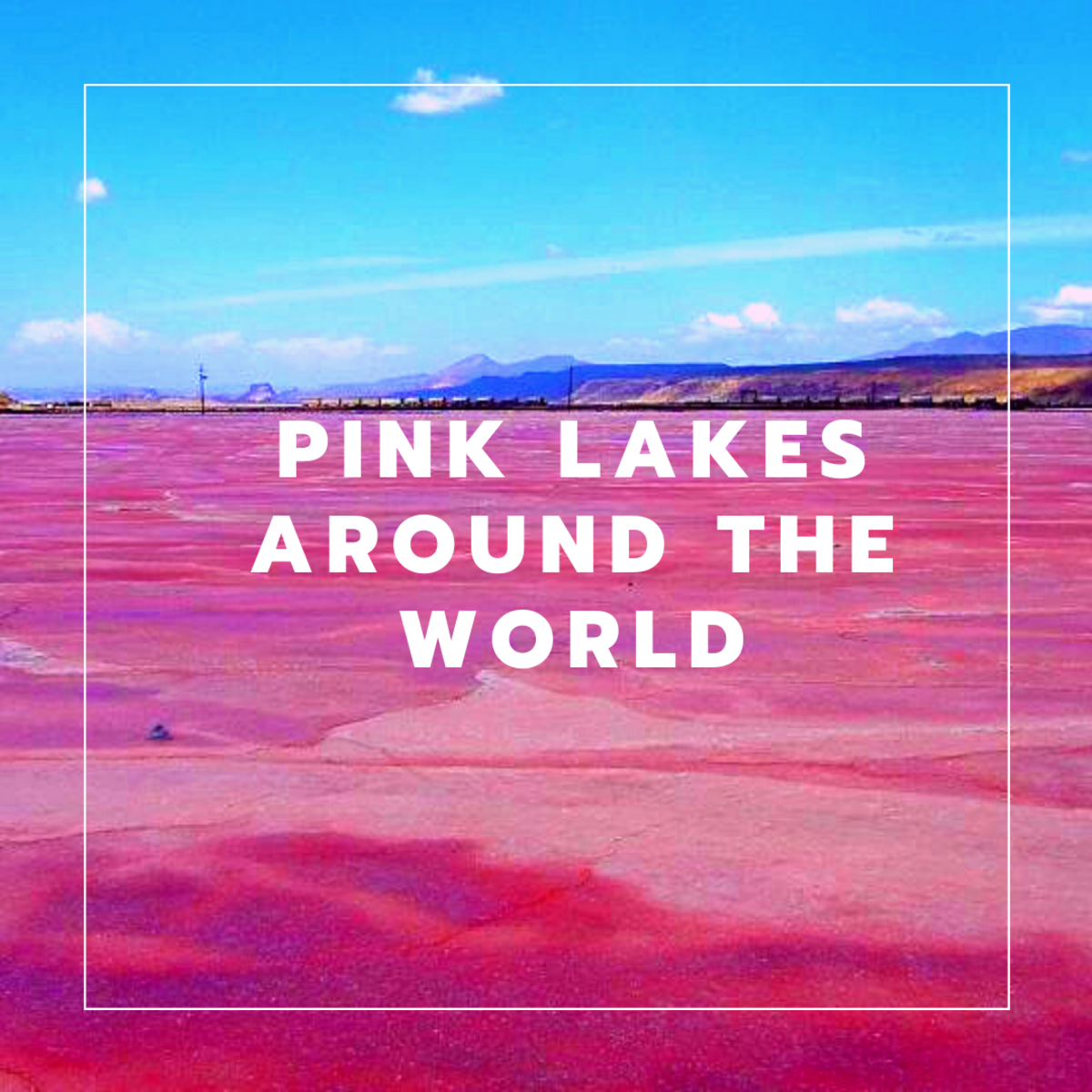Nature's amazing events: Christmas island red crab migration
Christmas island
Have you ever experienced something weird and totally unexpected? Like a dream while you are awake? A moment in which you could swear you got caught up in some kind of movie?
Well, if you would take a trip down to Christmas island around October/November not knowing what is about to happen you are definitely going to feel you got yourself caught up in some weird movie.
Christmas island belongs to Australia and lies in the Indian Ocean. The small islandhas only about 1500 residents and those residents only have a minor impact on the islands flora and fauna.Being only slightly disturbed by humans the nature on Christmas island can run almost free and make this island a beautiful place.
Once every year Christmas island is host to one of nature’s most amazing migrations.
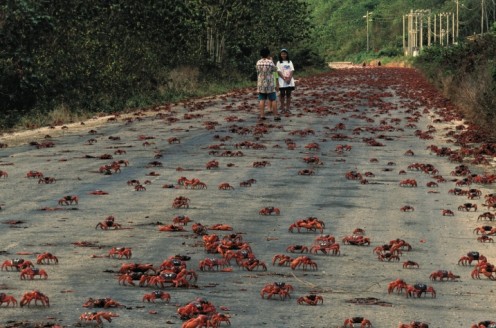
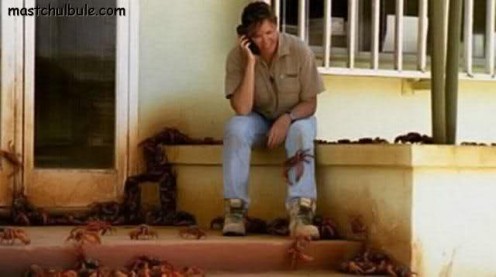
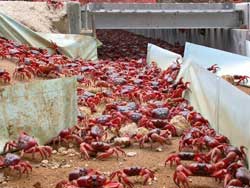
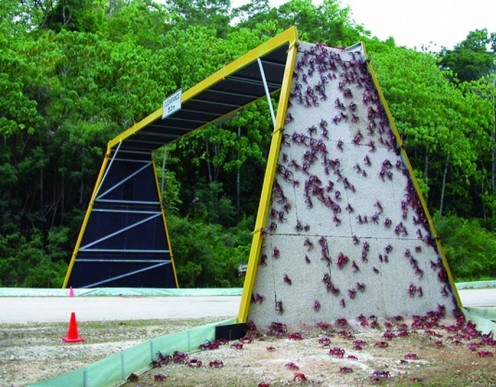
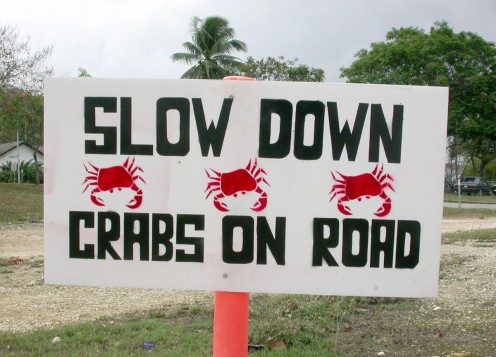
Red Crabs
Once the air is moist enough from rain the 150,000,000 red crabs sense that the time has come for them to mate and reproduce. They wait until the air is moist enough, they would dry out otherwise when being in open air for too long, before taking their trip down to the beach. This is a synchronized event and all of the crabs start migrating at the exact same time. The crabs walk from inland to the beach of Christmas island which is a distance of about 5 kilometer. This takes the crabs about five to seven days.
During these days the crabs walk over the roads and through the town making life for the residents of Christmas island harder. Roads can be closed for a while and nobody wants crabs snapping at their toes.
First the males start walking and are later joined by the females. So the males first arrive at the beach and begin to dig burrows. Soon enough the females arrive and they come in bigger numbers than the males. the females lay their eggs in the burrows of the males after mating. The males then go into the ocean as they need moisture for the journey home. The females have to wait about 4 days before they have produced the 80,000 to 100,000 eggs. Then after two weeks the eggs are ready to be laid into the ocean. Because the females have lots of eggs the laying of the eggs can take about 5 days. fater these five days the second wave of returning crabs goes through town. The eggs immidiately become larvea when they are laid and the hundreds of millions of larvae are taken into the ocean by the currents. Lots of larvae do not live to become tiny crabs which they become after a day or 25. Then the millions and millions of small baby crabs will make their first journey inland. This is even worse than the migration of the adult crabs because there are hundreds of millions of them and they can cover entire houses or streets.
Crab fatality
A lot of crabs die during their march, some from dehydration and a lot from being ovverrun while on the road. Adult crabs have to cross up to 8 roads during their whole journey, and they do not move fast making crossing the road take up to 10 minutes. Islanders try to avoid the crabs but there are a lot of them.
Christmas Island
More of nature's awesomeness
- Amazing sea creatures: Moray eel
Everything you want to know about the most amazing sea creatures. Pictures and information about the Morey Eel. - Amazing sea creatures: Life Under the Ice
Everything you want to know about the most amazing sea creatures. Pictures and information about the sea life underneath the ice. - Amazing sea creatures: Japanese spider crab
Everything you want to know about the most amazing sea creatures. Pictures and information about the Japanese Spidee Crab. - Amazing sea creatures: Mimic octopus
Everything you want to know about the most amazing sea creatures. Pictures and information about the Mimic Octopus.

